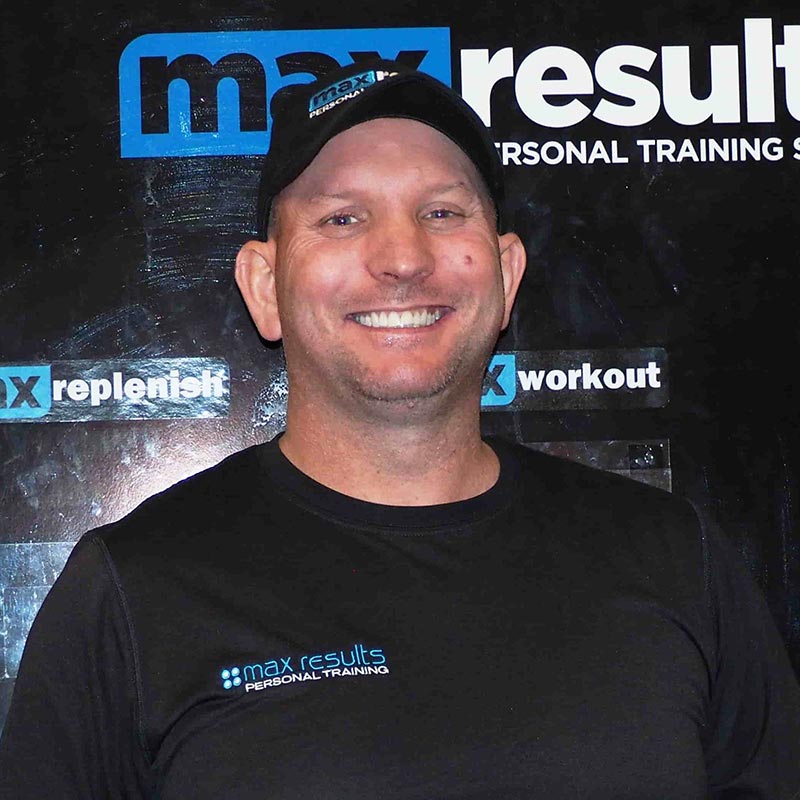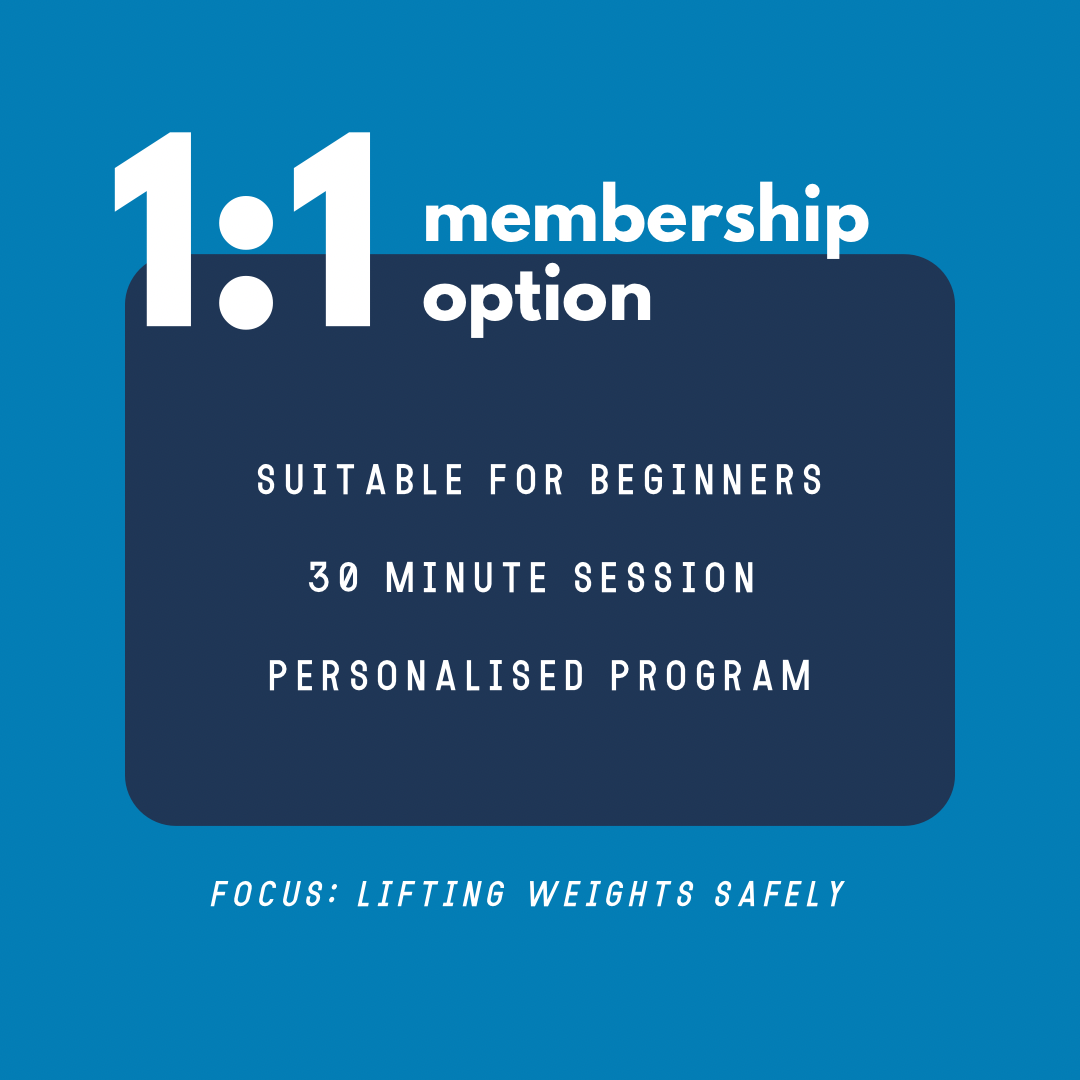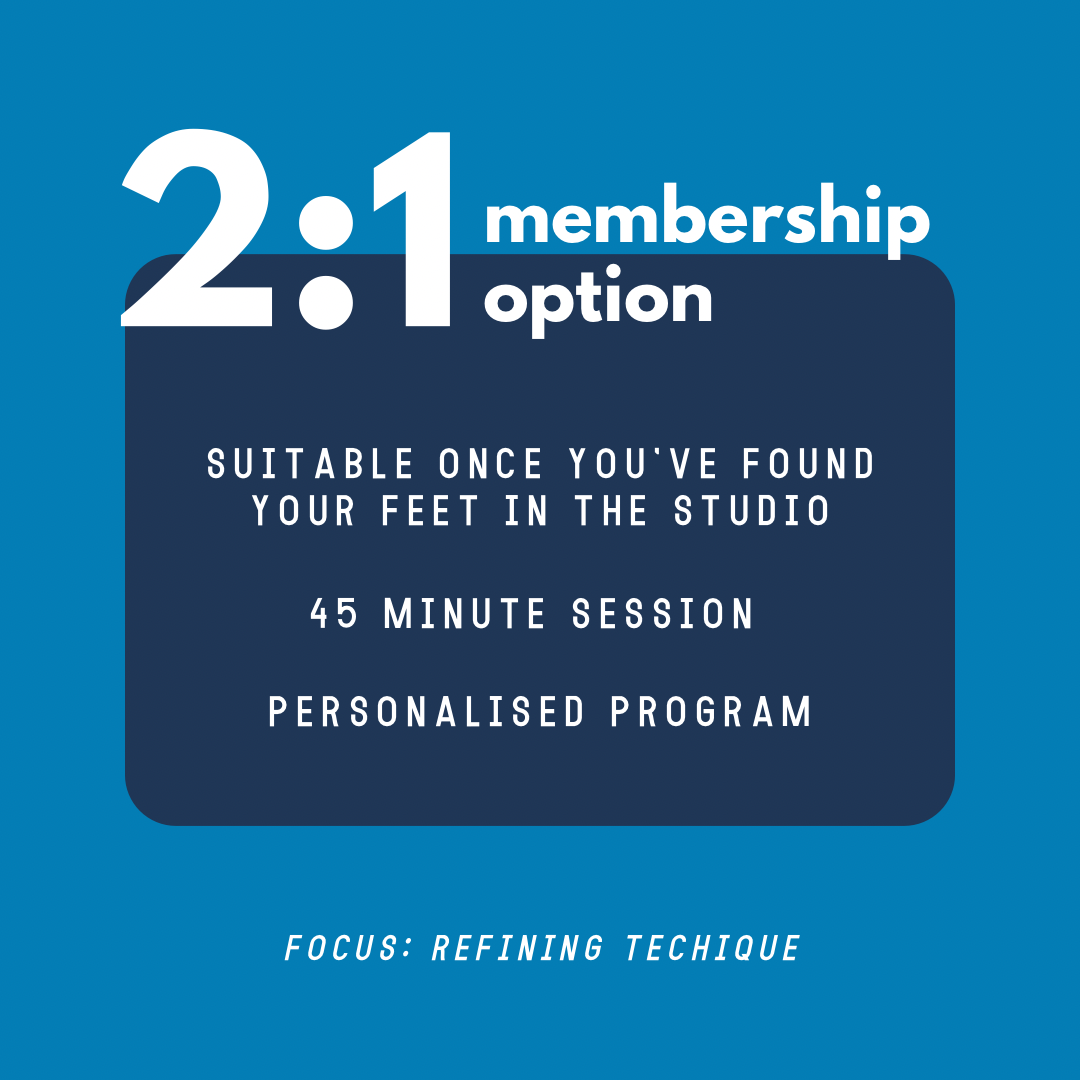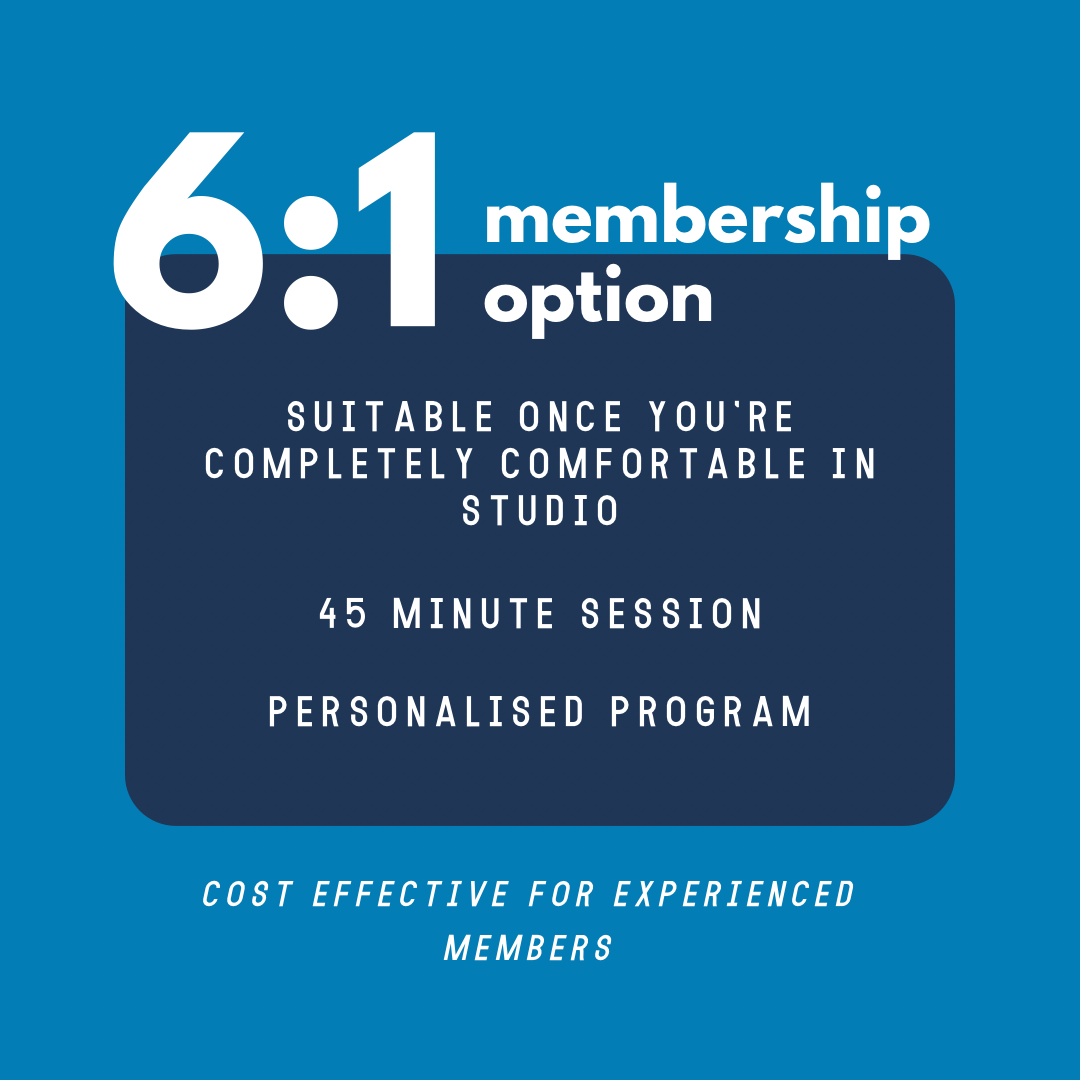Tendon Pain
Have you ever run a couple of laps of the block and felt a dull ache in the Achilles that seemed to ease once you warmed up, only for it to return much worse hours after you’d cooled down, leaving you hobbling around in significant pain?
Have you ever been hesitant to jump or sprint while playing sport because of a similar feeling just below the kneecap? Has it caused you to limp out of bed of a morning, taking several minutes before walking is no longer unbearable?
If you can relate to either of these feelings, then chances are you’ve experienced a form of tendon pain or tendinopathy. Tendinopathy can occur in any tendon in the body, although for the purpose of this article, we’ll discuss two of the most common: Tendinopathy of the Achilles and the Patella (jumper’s knee).
Tendinopathy is a broad term, but in most cases its symptoms are caused by the breakdown of collagen in a tendon, leading to pain and a reduced flexibility and range of motion. Little is known about what causes tendinopathy but there are a few ways you can get on top of this persistent and often debilitating pathology.
According to leading researcher in the field of tendon pain Dr. Jill Cook, there are a few do’s and don’ts that you should take note of if you feel that you are suffering from lower limb tendinopathy;
DO – Keep Moving
Rather than resting completely, reduce your training load back to a manageable level. In the early phases of recovery, it may be best to avoid jumping and aggressive change of direction for those of you playing sport. However, tendons love to be loaded, meaning if you don’t use it, you’ll lose it. One of the Max Results team can help prescribe a training plan for those of you with mild tendinopathy, although for more severe cases it may be best to consult a Physiotherapist to address your condition. * The team at Melbourne Centre for Athletic Performance will be able to assist you if this is the case.
DON’T – waste time with passive treatment i.e. massage, stretching
Although massage may feel good, and help alleviate a bit of short term pain, it won’t help with your tendon’s ability to take load. If your muscles are tight, use massage or foam roll them to reduce tension however stretching an irritated tendon can lead to excess compressive forces which can complicate things further. An exercise based rehabilitation process involving Isometric holds and eccentric loading (heavy lengthening) are going to be your best bet for long term pain relief.
DO – Address movement mechanics
While the pain may be isolated to a particular tendon, there may be an underlying cause somewhere else in the body causing overload to that area. For example someone with patella tendon pain, below the kneecap may have weakness in their hips, or excess tightness in their ankles, meaning that the kneecap is forced to absorb more force than it is designed to.
A professional, can assist you in addressing the way you move, and provide you with certain individualised rehabilitation based exercises to help make your pain a thing of the past.
DON’T – Ignore your pain
Your tendons hurt for a reason. Even if after a thorough warm up, the inflammation of your irritated tendon may subside, pain is your body’s way of telling you that something isn’t working as it should. Although as discussed earlier, passive rest may not be your friend, if you continue to push through pain you will put yourself at risk of more serious injury, potentially even full tendon rupture which can typically take over 6 months to recover from.
DO – Monitor your exercise load.
When your pain is at a level you can tolerate, reintroduce low-level strength training. Ensure you plan your training load in advance to avoid spikes and dips, as tendons respond best to steady increases in workload. Working with an exercise professional can help you plan your training schedule, introducing appropriate exercises at each stage of the rehabilitation process to ensure you are able to return to full function, without pain as soon as possible
References
- Cook JL, Purdam CR. The challenge of managing tendinopathy in competing athletes. Br. J. Sports Med. May 10 2013.
- Cook JL, Purdam CR. Is tendon pathology a continuum? A pathology model to explain the clinical presentation of load-induced tendinopathy. Br. J. Sports
- Med. Jun 2009;43(6):409-416.
- Rio E, Kidgell D, Moseley GL, Gaida J, Docking S, Purdam C, et al. Tendon neuroplastic training: changing the way we think about tendon rehabilitation: a narrative review. Br J Sports Med. 2015:bjsports-2015-095215.




